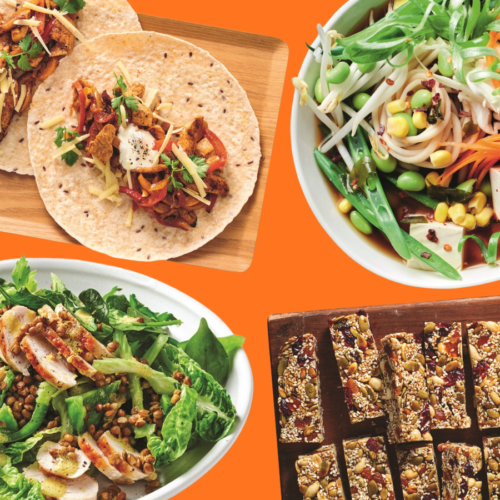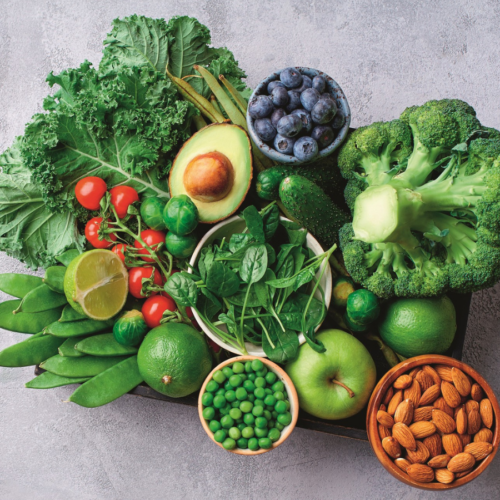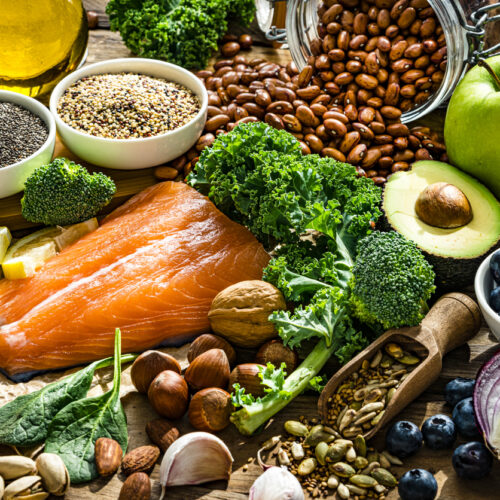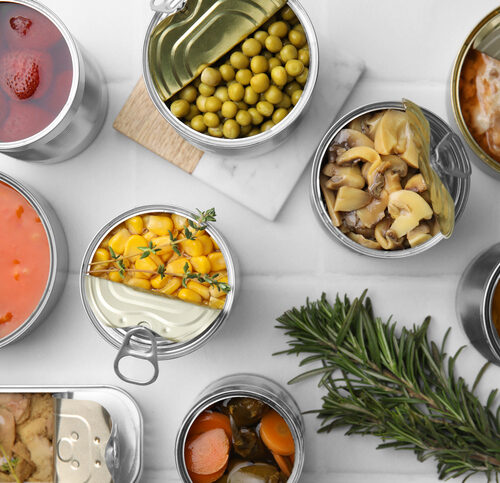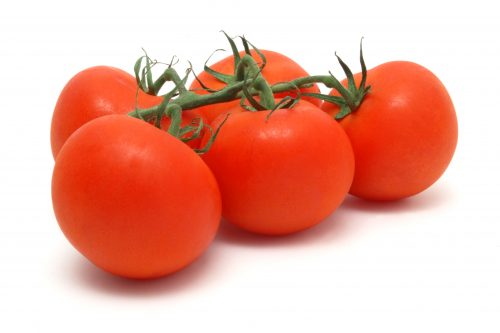
Here's why the humble tomato is worth celebrating.
History
Tomatoes grew wild in South America and found their way to Europe via Mexico. They are a relatively new addition to the Mediterranean diet – the first cookbook to contain tomato recipes was published in Naples in 1692 and they weren't paired with pasta until the mid-1700s.
Details
Members of the Solaceae family and botanically classified as a fruit, tomatoes come in many sizes, shapes and colours – from smooth to deeply grooved; from round to egg-shaped and pear-shaped; from a deep red to golden, from orange to green and almost purple.
Availability
Year-round these days but traditionally (and for best flavour), late summer to autumn.
Buying
For the best tomatoes, follow your nose – smell is a better indication of flavour than colour. Pick ones that are plump, shiny and heavy for their size, and free of blemishes.
Storing
Keep under-ripe tomatoes at room temperature, in a sunny spot, to ripen fully. All tomatoes are best stored out of the fridge as the cold temperature lessens their flavour. Tomatoes also freeze well, whole, chopped or puréed.
Preparation
To deseed a tomato, cut in half and use a teaspoon to scoop out the seeds. To peel a tomato, cut a cross at its base with a sharp knife, then blanch for 20 seconds and plunge into cold water. Then use the cross as your starting point for peeling away the skin.
Nutritional profile
Tomatoes will add vitamins A and C as well as fibre to your diet. Tomatoes, and especially processed tomato products (like canned tomatoes or tomato juice, sauce or paste), contain lycopene, which may help prevent heart disease and certain types of cancer (especially prostate).
www.healthyfood.com


